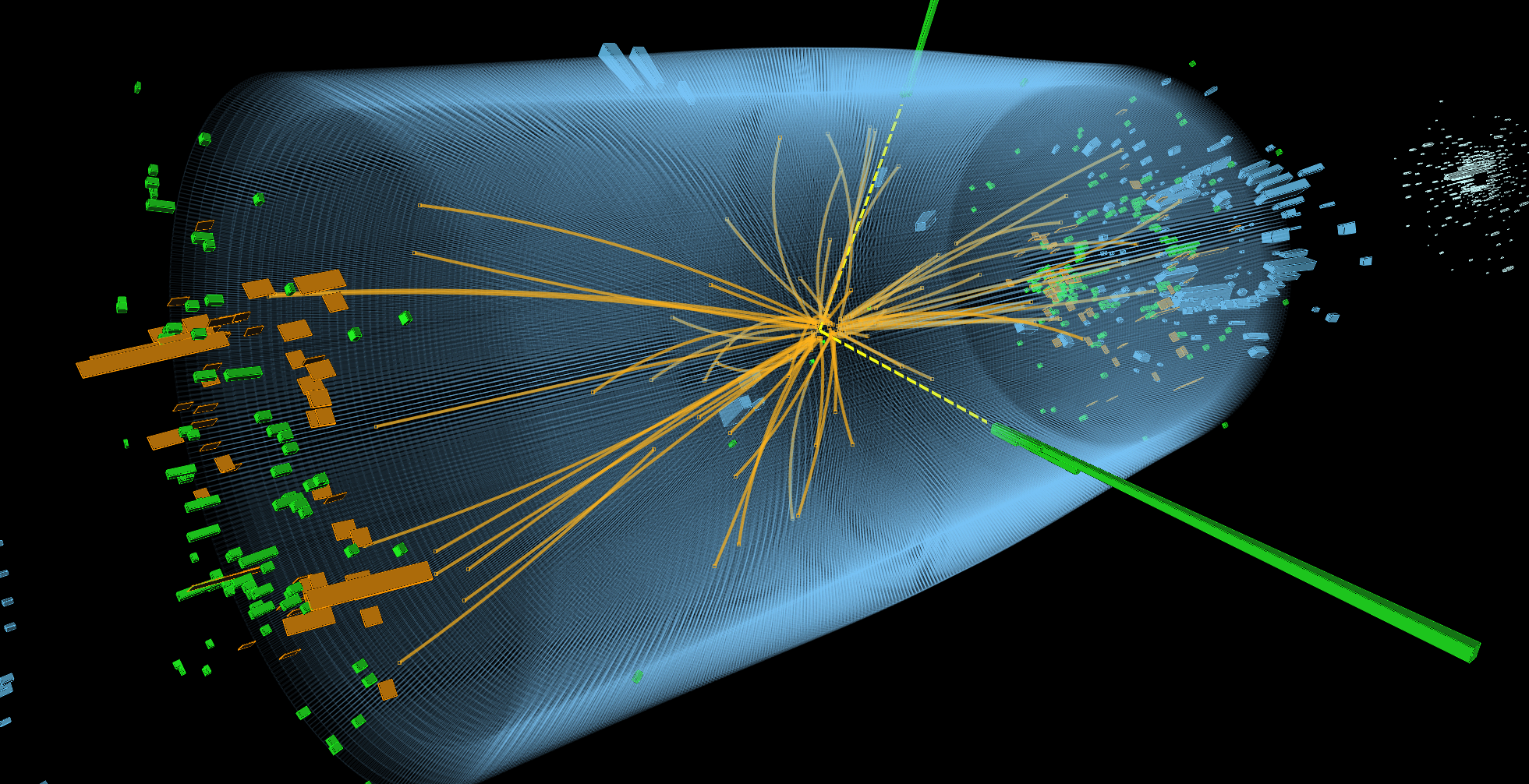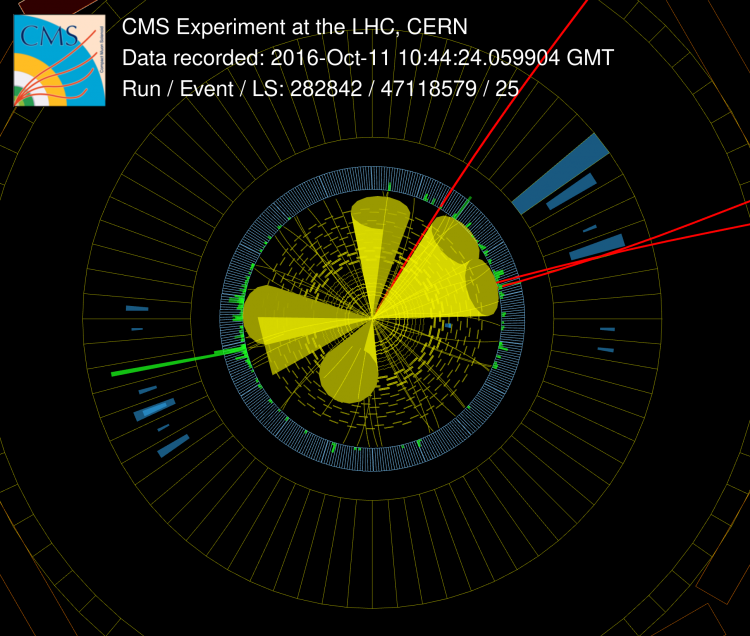

WHAT ARE BEAUTY
QUARKS AND WHY DO THEY MATTER?
|
|
|
BEAUTY QUARKS
Beauty
quarks, also sometimes referred to as bottom quarks,
were first theorized in 1973 by physicists Makoto
Kobayashi and Toshihide Maskawa. They were initially
proposed in order to explain violations of the
Standard Model. Collisions with beauty quarks as a
byproduct give a distinct signature that makes them
easy to identify. One top of this, mesons that
contain beauty quarks live very long for their mass
making them one of the easiest particles to use for
research. The beauty quark is particularly sensitive
to new quantum fields because of its intense
interaction with the Higgs field. These fields that
a particle interacts with can alter how long a
particle lives before it decays, what sort of
particle it decays into, and in what ratio. Because
of how long it lives and its strong interaction with
the Higgs field, beauty quarks are uniquely suited
for research into Standard Model violations. The
asymmetry between matter and anti-matter is one of
the Standard Model violations that beauty quarks are
used to research. According to the Standard Model,
beauty quarks would have been in abundance right
after the big bang. By comparing the decay of beauty
quarks and anti-beauty quarks, physicists can gain a
better understanding on why nature prefers matter
instead of ant-matter.
|
